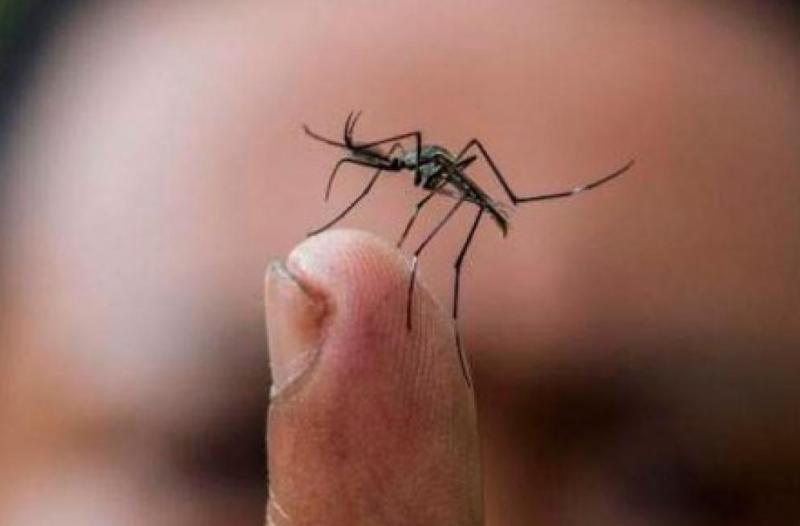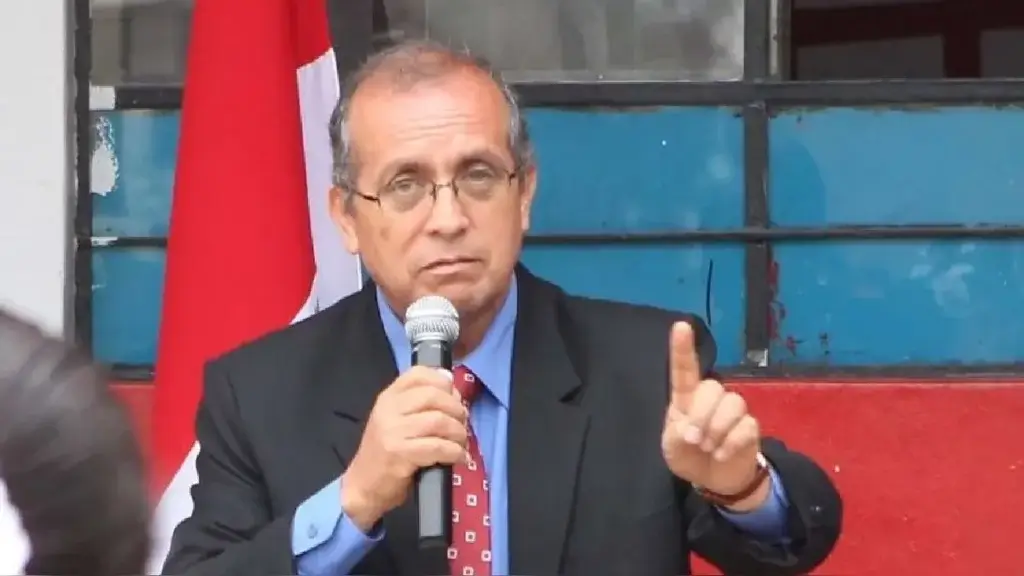The health director of Peru’s northern state of Tumbes has requested the national government declare a state of emergency to combat a possible outbreak of the Zika virus.
Authorities are concerned after Zika outbreaks in Brazil, Colombia and Ecuador prompted the World Health Organization to forecast that the virus would spread throughout Latin America. As Colombia forecast up to 700,000 infections, almost 4,000 babies in Brazil have been born with microcephaly.
The Zika virus is transmitted by the Aedes aegypti mosquito, whose bites also spread dengue, chikungunya and yellow fever. While the Zika virus causes only mild symptoms including fever, skin rashes and pink eye, infection in pregnant women can lead to their children being born with microcephaly, in which the infant’s head and brain are significantly smaller than normal.
“We are very afraid of a possible entry of Zika into our country,” Mariano Yañez told El Comercio. “So we are beefing up surveillance at the border [with Ecuador]. We ask that a health emergency be declared in Tumbes in order to allocate a budget to tackle these diseases.”
Health minister Anibal Velasquez traveled to Tumbes to promise more money for the tropical region which faces torrential rains this week due to El Niño. Velasquez said the government would install Zika kiosks in local health clinics, adding that the government’s program against a dengue outbreak last year in Piura would help bolster efforts against Zika as well.
Velasquez also urged pregnant women not to travel to countries which have confirmed cases of Zika virus, which include Bolivia, Brazil, Colombia, Ecuador, El Salvador, Guatemala, Honduras, Mexico, Panama, Paraguay, Puerto Rico, Venezuela and more.
Ovitraps are one of Peru’s tools in the fight against the Zika virus. The cylinders mimic the ideal breeding ground for the Aedes mosquitoes. Scientists test the eggs collected from strategically placed ovitraps. If Zika is detected, health ministry officials conduct fumigation campaigns in the region.
A health ministry official told La Republica that 20,000 ovitraps were placed in Piura, Tumbes, Lambayeque, La Libertad, Cajamarca, San Martin, Ucayali and Loreto during the fight against dengue.
The Zika virus was first observed in Africa in 1947. It then spread through southeast Asia to South America, where it poses the greatest risk because residents do not have immunity. While there is currently no treatment for the virus, most of those infected show no symptoms.
A dengue outbreak in Piura and northern Peru killed at least 22 last year before health officials were able to reduce infections ahead of an El Niño climate phenomenon.
Sources
Zika: un mosquito hace temblar al mundo en pleno siglo XXI (La Republica)
Tumbes pide ser declarada en emergencia ante riesgo del zika (El Comercio)
Zika: Minsa recomienda a gestantes no viajar a estos países (El Comercio)
Tumbes: advierten la intensificación de lluvias en las próximas horas (Andina)
Ministro de Salud promueve acciones contra el virus Zika (RPP)
In Brazil, a Scramble to Stop Zika (U.S. News & World Report)
Zika virus (World Health Organization)
PAHO Statement on Zika Virus Transmission and Prevention (World Health Organization)











